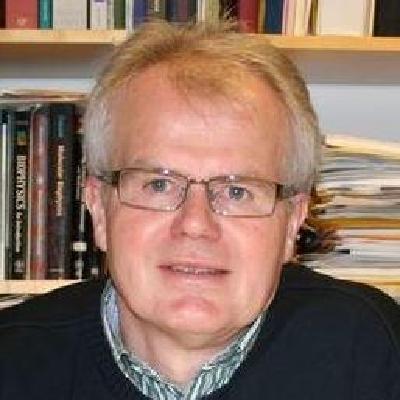Specialized iNANO Lecture: Responsive Soft Materials: Functional Elements in Biosensing and Beyond
Professor Bjørn Torger Stokke, NTNU, Norway
Info about event
Time
Location
Meeting room 1590-213, iNANO House, Gustav Wieds Vej 14, 8000 Aarhus C

Professor Bjørn Torger Stokke | |
| Host: Associate professor Mingdong Dong, Interdisciplinary Nanoscience Center, Aarhus University |
